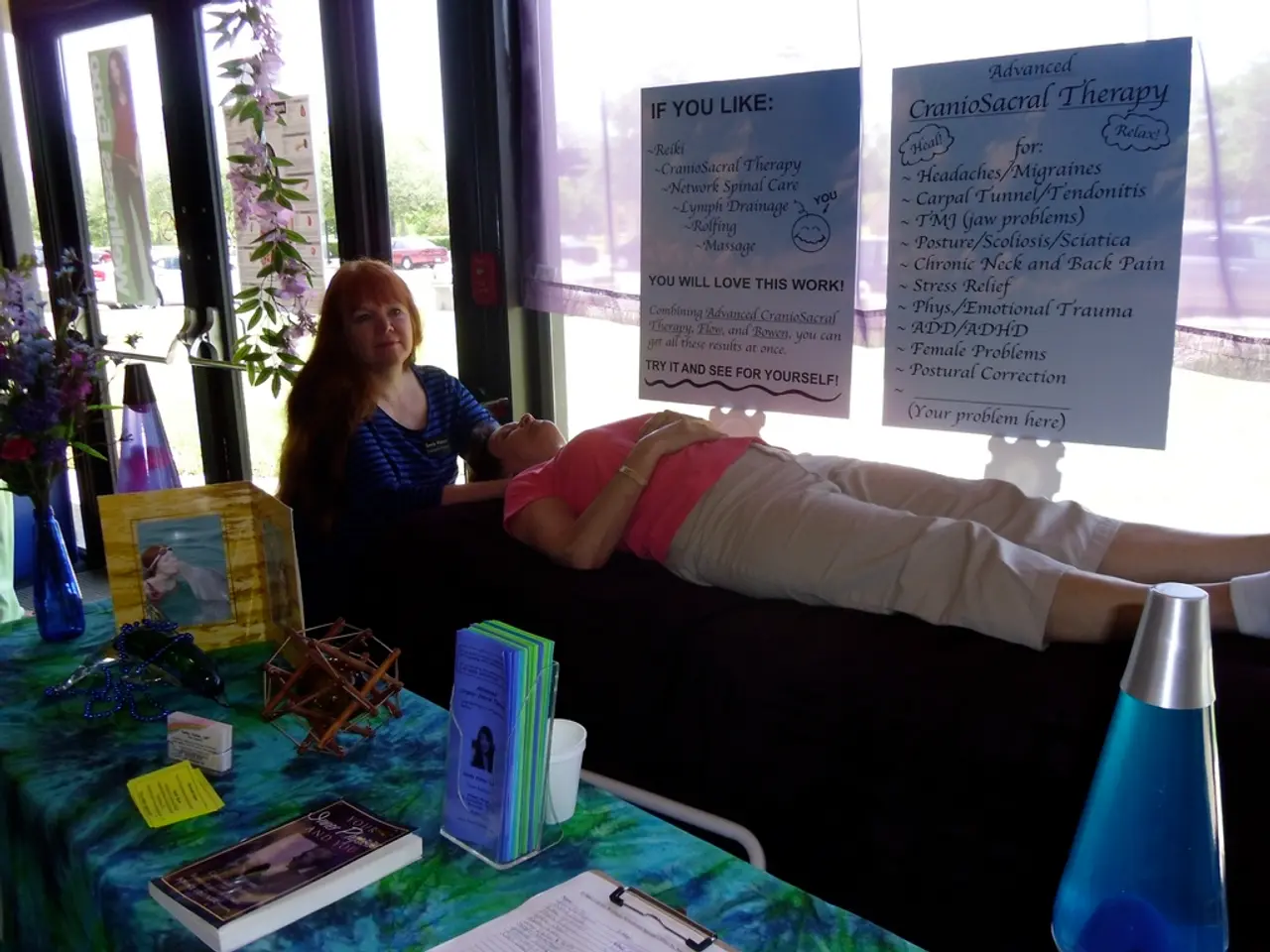Differentiating Schizotypal Personality Disorder from Schizophrenia: Key Distinctions
Schizotypal Personality Disorder (STPD) and Schizophrenia are conditions on the schizophrenia spectrum, but they have distinct symptoms, diagnostic criteria, and treatments.
Symptoms
STPD is characterized by odd beliefs, social anxiety, eccentric behavior, mild perceptual experiences, magical thinking, suspiciousness, and difficulties forming close relationships. People with STPD generally remain aware of reality despite unusual thoughts and behaviors. On the other hand, Schizophrenia involves more severe symptoms, including persistent hallucinations, delusions, disorganized speech and behavior, and significant impairments in thinking and daily functioning. People with schizophrenia often have a more profound disconnection from reality.
Diagnostic Criteria
For a diagnosis of STPD, healthcare professionals look for longstanding patterns of eccentric behavior and social difficulties without the full psychotic symptoms seen in schizophrenia. Brief psychotic episodes may occur but are infrequent and less intense. Awareness of one’s beliefs being unusual usually remains intact. In contrast, a diagnosis of Schizophrenia requires symptoms such as delusions, hallucinations, disorganized speech or behavior, and negative symptoms (e.g., lack of motivation, blunted affect) that persist for at least six months and significantly impair social or occupational functioning.
Treatments
Treatment for STPD often involves cognitive behavioral therapy (CBT) to challenge paranoid or eccentric thoughts and improve social skills, along with potential family therapy to enhance communication and support. Schizophrenia treatment typically requires antipsychotic medications to manage psychotic symptoms, alongside psychosocial interventions such as therapy, rehabilitation, and community support to improve functioning.
Comparison Table
| Aspect | Schizotypal Personality Disorder (STPD) | Schizophrenia | |----------------------------|-----------------------------------------------------------------|---------------------------------------------------------| | Core Symptoms | Odd beliefs, social anxiety, eccentric behavior, mild perceptual experiences, preserved reality testing | Persistent hallucinations, delusions, disorganized behavior, severe cognitive and functional impairments | | Reality Awareness | Generally preserved | Often impaired | | Diagnostic Duration | Lifelong personality pattern with possible brief psychotic episodes | Symptoms > 6 months with functional impairment | | Psychotic Features | Rare and brief | Frequent and persistent | | Treatment | CBT, family therapy | Antipsychotic medication, psychosocial support |
In essence, STPD involves milder, more stable patterns of eccentricity and social difficulties with intact reality testing, while schizophrenia is a more severe psychotic disorder with profound disruptions in perception, thinking, and functioning.
Although there is no specific treatment for STPD, doctors may use medication and psychotherapy to treat a person's symptoms. Schizophrenia also includes negative symptoms, such as loss of motivation, loss of interest or enjoyment in daily activities, withdrawal from social life, and difficulty showing emotions. Mental health and healthcare professionals may use psychotherapy and antipsychotic medication to treat both conditions.
Schizoid disorder is a condition where a person shows very little interest or ability in forming relationships and does not involve hallucinations or a disconnect from reality, unlike schizophrenia. These treatments for both conditions often help manage symptoms and improve quality of life.
According to the American Psychiatric Association (APA), schizophrenia affects less than 1% of the U.S. population. DSM-5-TR is the standard classification of mental conditions used by health professionals in the United States.
People with schizophrenia often have psychotic symptoms, changes in the way they think, act, and experience the world, which people with STPD do not. To diagnose schizophrenia, a person must have two or more symptoms for a significant portion of 1 month's time, signs of disturbance for at least 6 months, including at least 1 month of symptoms that include delusions, hallucinations, disorganized speech, grossly disorganized or catatonic behavior, and negative symptoms.
Schizophrenia is a mental health condition that affects a person's thinking, feelings, and behavior. Different types of therapy and medication are often used to treat schizophrenia, compared to STPD. STPD is a schizophrenia-spectrum disorder but is distinct from schizophrenia. Mental health professionals diagnose a person with STPD based on criteria outlined in the DSM-5-TR. Cognitive symptoms in schizophrenia affect a person's attention, concentration, and memory, making it hard for them to follow conversation, learn new things, and remember appointments. The most effective treatment for STPD, according to research, is the medication risperidone, followed by olanzapine.







